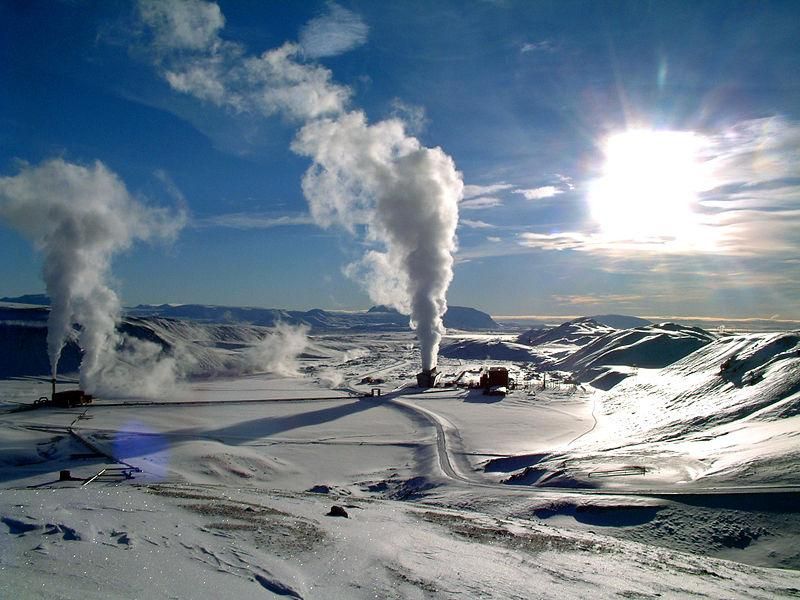South America’s geothermal potential
Many South American countries are located in global hotspots, and with the continents population expected to grow 72% by 2035, climate change is set to have a significant impact on the region. For their part they in the battle against climate change they are developing large amounts of renewable energy capacity.

Many South American countries are located in global hotspots, and with the continents population expected to grow 72% by 2035, climate change is set to have a significant impact on the region. For their part they in the battle against climate change they are developing large amounts of renewable energy capacity.
Hydropower was generally the renewable energy of choice, and there is a large capacity installed through South America, however although there still remains a large amount of untapped potential, it is mostly located in remote regions with poor access to the grid. Geothermal has now been lauded as hydropower’s successor and the potential renewable energy savior of South America.
.jpg)
Several South American countries have released plans or policies to encourage renewable energy and geothermal development.
Argentina has set up feed-in-tariffs (FiTs) for all geothermal projects, able to be taken advantage for the first fifteen years of the projects operating life. Chile has as much as 16,000 MW geothermal potential an believes that this will contribute greatly to their renewable energy targets. Chile released a renewable energy law which forces all utilities with a total capacity of 200 MW or more to demonstrate that at least 10% of their energy comes from renewable sources. This figure will increase by 0.5% a year from 2014 until it reaches a total of 10% in 2024. Peru has also introduced FiT’s and tax incentives.
Image 01 - Krafla geothermal power station. Asgeir Eggertsson.
Image 02 - Sinusoidal projection of South America. Mdf.
